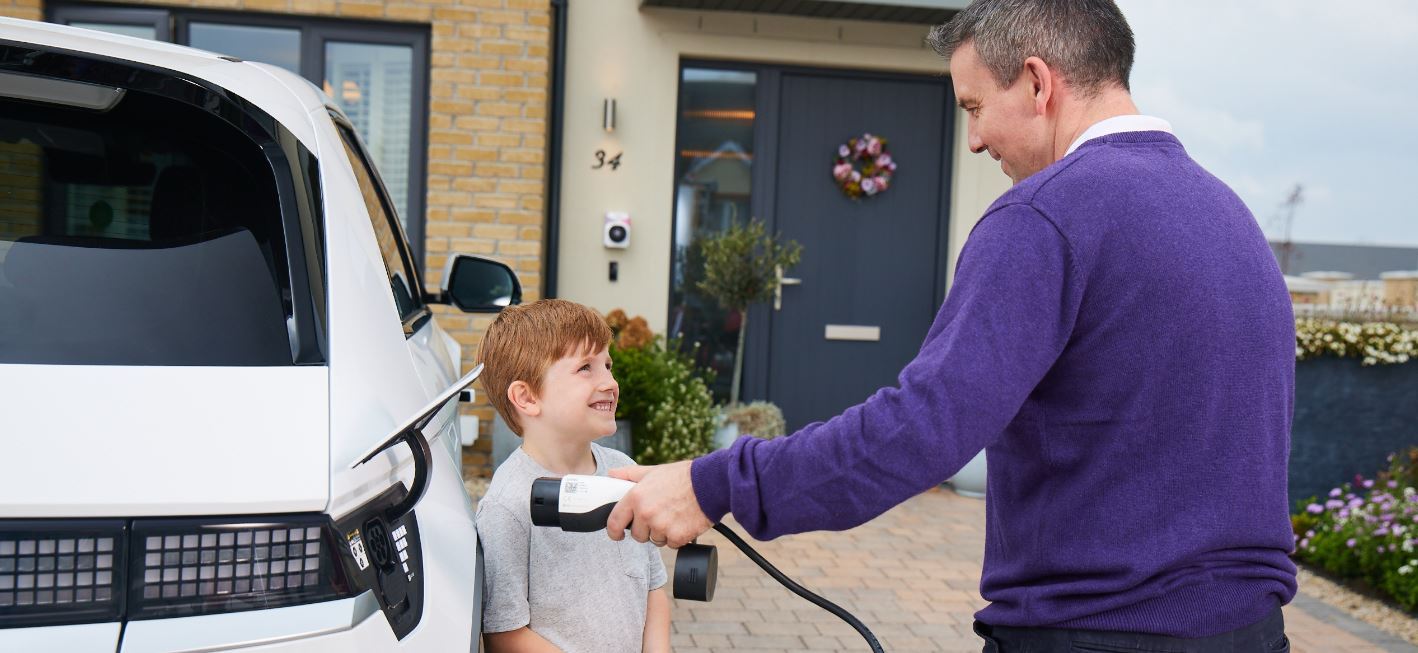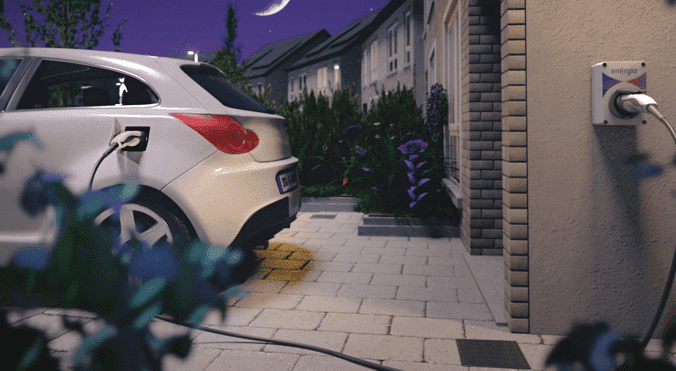A simple guide to how solar energy works
Solar power has emerged as a central pillar of Ireland’s clean energy future, with the country setting a tall target of generating 80% of its electricity from renewable sources by 2030. To meet this target outlined under the Climate Action Plan, Ireland will need to deploy 8 gigawatts (GW) of solar power, in addition to 9 GW of onshore wind and at least 5 GW from offshore wind projects by the end of this decade.
In recent years, solar energy adoption in Ireland has seen a significant uptick and the numbers tell the story.
According to Solar Ireland, the country’s solar capacity increased by 49% in the last year alone and by 160% since 2023. Solar power now meets the electricity needs of over 370,000 homes and prevents over 395,000 tonnes of carbon emissions each year - equivalent to more than 2.6 billion kilometres of driving in a fossil-fuelled car.
What is solar energy?
Simply put, solar energy is power harnessed from sunlight and converted into usable forms such as electricity or heat. This conversion takes place primarily using two technologies: solar photovoltaic (PV) panels and solar thermal collectors.
While solar PV systems produce electricity for household use, solar thermal panels use sunlight to heat water and warm spaces, especially during colder months.
Solar PVs generate electricity during daylight hours, with around 75% of annual energy output produced between May and September in Ireland.
Considered as one of the reliable and sustainable sources of renewable energy, solar PVs can reduce your reliance on electricity generated from fossil fuels and lower your electricity bills.
How does solar energy work to produce electricity?
The short answer is through solar PV panels.
Typically installed on rooftops, solar PV panels contain photovoltaic cells that absorb sunlight and convert it into direct current (DC) electricity using the photoelectric effect. A device known as an inverter then transforms this DC electricity into alternating current (AC), which is generally used to run household appliances and power homes and businesses.
Any excess electricity produced can be stored in a battery or other storage solutions like hot water immersion tank or electric vehicle. It can also be exported from your house into the electrical network on your street.
How does solar thermal energy work?
Unlike PV systems, solar thermal systems focus on capturing heat rather than generating electricity from sunlight.
Solar thermal energy is produced using technologies such as solar thermal collectors or solar hot water collectors, which absorb sunlight and transfer it to heat water. A well-installed solar thermal system can cover up to 60% of your annual hot water needs.
In a solar thermal system, solar energy is absorbed by a dark-coloured collector, which transfers the heat to copper pipes containing a heat-transfer fluid. A pump circulates this heated fluid to a hot water tank, steadily increasing water temperature throughout the day.
To ensure a consistent hot water supply, a backup energy source, such as electricity or gas, automatically supplements the system whenever solar energy alone is insufficient to meet demand.
How long do solar panels last?
Solar panels typically last somewhere between 25 and 30 years. They remain functional beyond this timeframe but with reduced efficiency.
For more details, check out our blog on the durability of solar panels before investing in solar energy.
What are the advantages and disadvantages of solar energy?
Advantages:
- Pollution free: Solar energy causes no greenhouse gas emissions.
- Reduced dependency on fossil fuel: It decreases reliance on polluting fuels.
- Low maintenance: Solar panels require minimal upkeep once installed.
- Long-term investment value: They offer consistent savings on energy bills.
Disadvantages:
- High upfront costs: The initial installation can be expensive.
- Weather dependent: Energy production dips on cloudy days and during winter.
- Uses a lot of space: Solar panels require a large space to create expected levels of power.
Do solar panels work on cloudy days in Ireland?
While solar panels perform best in direct sunlight, they still generate electricity on cloudy days as long as there’s daylight. However, their output will be lower than on sunny days.
According to the Sustainable Energy Authority of Ireland (SEAI), a well-positioned 20 sq.m (~3kW) home solar PV system produces around 2,600kWh of electricity annually, covering over 40% of the average annual electricity needs of a house in Ireland.
Are there any grants available for solar energy in Ireland?
To encourage the shift to renewable energy, the SEAI provides grant funding of up to €1800 and €1200 for the installation of solar PV panels and solar thermal systems. Read our comprehensive Solar Panel Grant guide to discover the types of solar panels covered, the eligibility criteria, and how to apply for these grants in Ireland.
FAQs: How Does Solar Energy Work?
How long do solar panels last?
Most solar panels last between 25 to 30 years.
How much electricity do solar panels generate in Ireland?
A typical 3kW system produces about 2,600 kWh per year, meeting around 40-50% of a standard household’s demand annually.
Want to learn more?
Read the rest of our solar guides!



